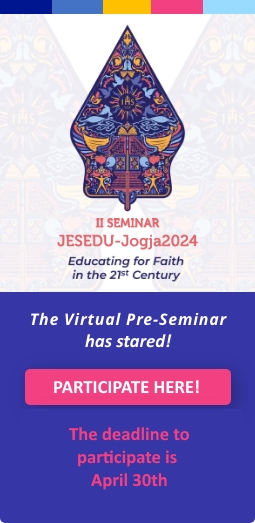When I began studying Buddhism at graduate school in Hong Kong, I took courses in Buddhist psychology that introduced me to mindfulness practice. These courses were very popular with Buddhists, Christians, and those with no religion, because while recognizing its Buddhist roots, the practice made no supernatural claims. The focus was on stillness and breathing as ways to calm the mind, live in the present moment, and thus overcome suffering by cultivating detachment from the past and the future. By paying attention to one’s breathing, or bodily sensations, or sounds, thoughts and images are recognized but not judged, simply allowed to come and go so that one always strives to live in the present moment.
Stripped of religious underpinnings, mindfulness has been popularized by the likes of the Vietnamese monk Thic Nhat Hanh and the American professor, Jon Kabat-Zinn. The simple but profound method has been used to develop programs in stress reduction, cognitive therapy, and treatment of addictions.
For someone coming from an Ignatian background, mindfulness practice felt very familiar. While the Consciousness Examen has more detailed method and content, I realized that mindfulness, as present-moment awareness, is a very Ignatian practice. Without it, one cannot identify what one is grateful for, or name one’s feelings and reflect on the causes of those feelings before expressing remorse or resolution.
It occurred to me that in primary and secondary school, it is a big challenge to introduce the Consciousness Examen in an age-appropriate way. At our high school department, there is an Examen period in the weekly schedule during which a recorded or live version of the Examen is broadcast on the public address system. The scripts are prepared by both students and teachers, but the results have been very varied. While some students take the practice seriously, many spend the time slouching or napping. There are teachers present in every classroom, but many of them feel ill-equipped to implement a spiritual practice that they perceive as beyond their expertise.
Given the popularity of mindfulness in social and mainstream media, especially articles promoting mindfulness practice in place of detention (a disciplinary sanction where students perform community service or spend time in isolation), I encouraged the Prefects of Discipline to study mindfulness and see how our school could introduce it, not necessarily in place of detention.
For the past few years, we have introduced mindfulness exercises after the morning recess and after lunch, before the students resume their classes. In the primary school, all students are gathered in the gymnasium for a common exercise before they return to their classrooms. Mood music is played to signal movement time. Aside from focusing on their breathing, some versions of the exercise include hand and arm movements. Teachers have all reported that the exercise has resulted in more focused students. Since there is a lot of active play during the break, the mindfulness exercise serves as a “composition of place” before the next class begins.
In the high school, the exercise is done in the classroom, over the public address system. It is also done at the beginning of school assemblies, and the same effects have been observed as in the primary school. During the second half of the academic year, students with several hours of accumulated detention are given the option of participating in mindfulness exercises instead.
The scripts for mindfulness exercises are constantly being improved, and the link to prayer or the Examen is gradually being introduced. Much more needs to be done, but preparing the faculty has been most essential for the effective implementation of the program. Time and resources have been invested in this, in support of the idea that all teachers in Jesuit schools are formators. Formative practices cannot be the specialization of only a few.
Both the Jesuits’ Universal Apostolic Preferences (2019) and the Action Points (2017) of the International Commission on the Apostolate of Jesuit Education (ICAJE) call for showing a way to God through the Spiritual Exercises, discernment, and in school settings, “to help students listen to their inner voice and learn the path of interiority.” At Xavier School in Manila, we are trying to link mindfulness practice to the richness of Ignatian spirituality. It is an ongoing journey.

